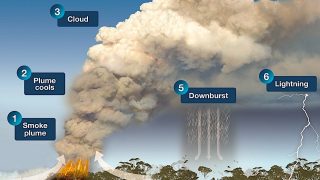
MI weekly selection #364
Earth may have formed in just 5M years The Earth formed in only about 5 million years, a much shorter amount of time than previously thought. Researchers developed this new timeline based on a study of iron isotopes collected from meteorites. ScienceAlert These fish can pause cell, organ growth as embryos African turquoise killifish can […]








